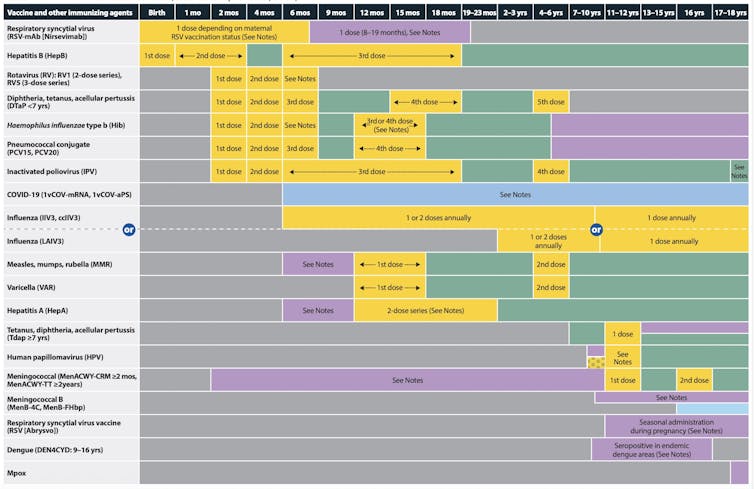How to avoid trouble with ICE upon return whether or not you are a citizen
National Immigration Law Center
We should all be able to travel to visit our loved ones and explore new places. But right now, the Department of Homeland Security (DHS) is going after immigrants in new and harmful ways. Traveling through U.S. airports can be risky, even if you have active or pending legal immigration status and/or have traveled without issues in the past. That’s why it’s more important than ever to know your rights and how to prepare for risks as you travel.
This resource gives travel safety
tips and other resources on how to understand the
risks and prepare yourself and your family.
Disclaimer: This resource provides general information.
It is not legal advice specific to your situation. We recommend that community
members exercise caution and speak to an immigration lawyer about their
individual cases.
What’s Happening
The Transportation Security Administration (TSA), the government agency that handles airport security, is giving passenger information to Immigration and Customs Enforcement (ICE). This means people who don’t have legal immigration status or whose status is uncertain could be arrested or deported when they go through airport security in the United States.
- How
does it happen? A few times each week, TSA sends
ICE lists of people flying through U.S. airports. These lists
include names,
photos, and other details. ICE checks these lists against its own
records. If ICE finds someone they want to target, they can send officers
to arrest that person at the airport.
- Isn’t
my private information protected? Normally,
government agencies have rules
about sharing private information. But TSA and ICE are both part of
the same department – the Department of Homeland Security – so those rules
don’t apply here.
- Is ICE already arresting people at airports? Yes. The New York Times reported on December 12, 2025, that TSA is sharing this information with ICE. Before that, there were already reports of ICE arrests at airports. For example, on November 20, ICE arrested college student Ana Luccía López Belloza at Boston’s Logan Airport while she was waiting to board a flight to visit family for Thanksgiving. She had an old deportation order, though she didn’t know it.



















.webp)





























